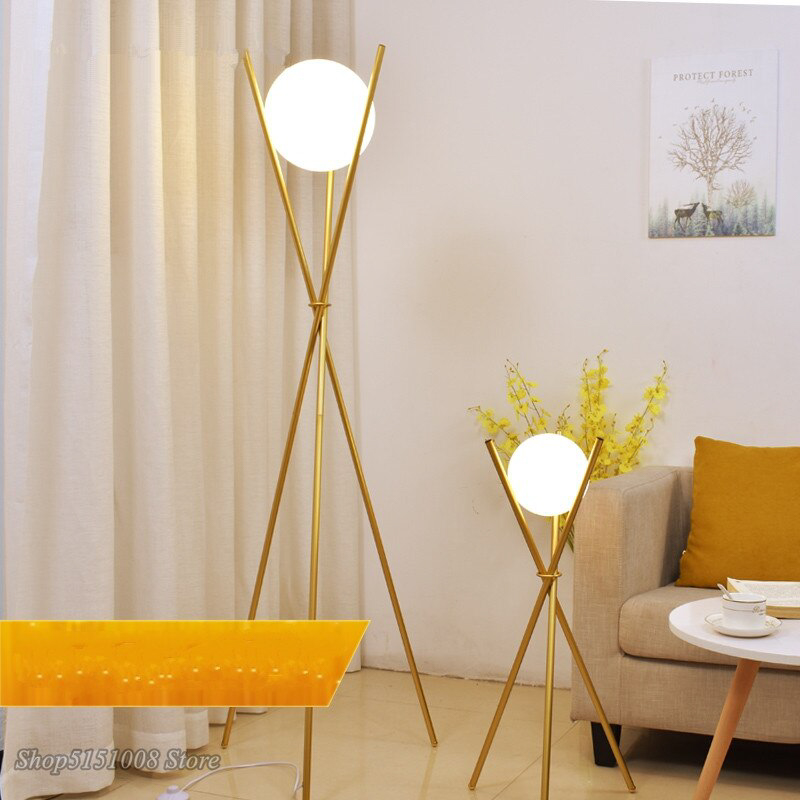
The Bold and Beautiful: Exploring the World of Modern Art Shapes
Modern art shapes have been gaining popularity over the past century, captivating both artists and art enthusiasts. The unconventional shapes and forms of modern art challenge traditional perceptions of beauty and art, pushing the limits of creativity and imagination.
The Origins of Modern Art Shapes
Modern art shapes can be traced back to the early 20th century when artists began to experiment with new techniques and styles. One of the pioneers of modern art shapes was Pablo Picasso, who created cubism, a style that featured fragmented forms and geometric shapes. Another influential artist was Wassily Kandinsky, who developed abstract art, which emphasized the use of color and shape to convey emotions and ideas.
Cubism
Cubism is a style of art that emerged in the early 20th century, characterized by fragmented forms and geometric shapes. Some of the key features of cubism include:
- Multiple viewpoints: Cubism often depicts the same object from different viewpoints, creating a fragmented and distorted image of reality.
- Geometric shapes: Cubist artworks often feature geometric shapes, such as squares, triangles, and circles, instead of the traditional organic shapes of nature.
- Abstraction: Cubism often abstracts objects, reducing them to their basic shapes and forms.
Abstract Art
Abstract art is a style that emphasizes the use of color and shape to convey emotions and ideas, rather than representing recognizable objects. Some of the key features of abstract art include:
- Color: Abstract art often uses bold or vibrant colors to express emotions or create a mood.
- Shapes: Abstract art often features simplified or geometric shapes, rather than realistic depictions of the natural world.
- Emotion: Abstract art often seeks to convey emotions or feelings through the use of color and form.
The Impact of Modern Art Shapes
Modern art shapes have had a profound impact on the art world and beyond. They have revolutionized the way we think about art, challenging traditional notions of beauty and representation. Modern art shapes have also inspired new forms of expression, from advertising and graphic design to architecture and interior design.
Advertising and Graphic Design
Modern art shapes have inspired new forms of advertising and graphic design, which use bold colors and geometric shapes to create eye-catching designs. Companies such as Apple and Nike have incorporated modern art shapes into their branding, using them to convey a sense of innovation and creativity.
Architecture and Interior Design
Modern art shapes have also had an impact on architecture and interior design, inspiring new forms and styles. Architects such as Frank Gehry and Zaha Hadid have incorporated modern art shapes into their buildings, using them to create dynamic and visually striking structures. Interior designers have also used modern art shapes to create unique and contemporary spaces, using bold colors and geometric forms to challenge traditional design norms.
Modern art shapes continue to captivate artists and art enthusiasts around the world with their bold and unconventional forms. By challenging traditional notions of beauty and representation, modern art shapes have inspired new forms of expression and creativity, leaving an indelible mark on the art world and beyond.
